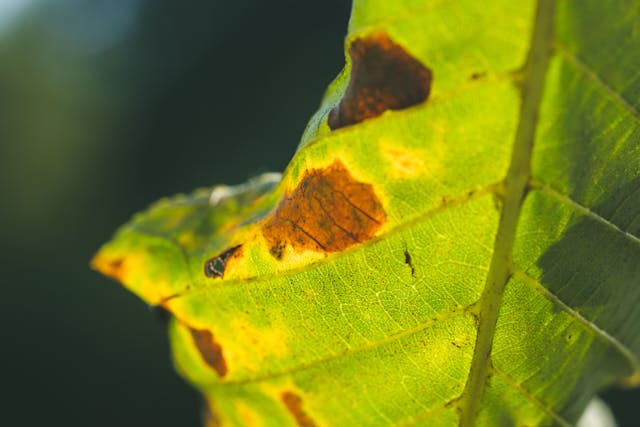The leaves are considered to be”the factories in the middle” for plants, which usually show the first sign of health problems. If farmers, gardeners and horticulturists pay attention to the leaves, they can gather useful knowledge about the plant disease. Many things can aid in discovering some of the fascinating aspects of the leaf, and each of these can aid in plant disease identification. If you notice that your plants aren’t at an even angle, it could be the cause of poor-quality plants. You must ensure that your plants are not damaged in order to avoid spreading.
Leaves language
Leaves are the most effective way to tell the health status of a plant by providing visual indicators. If there is a change in the shape of color, pattern and texture happens within a plant, that it’s signalling a issue. For instance the yellow color of leaves could be a sign of nutrient deficiencies, however the dark brown color of leaves could indicate a bacteria or fungal infection.
Color clues
When the hue is yellow,, it’s a sign of nutrient deficiencies, such as the iron and magnesium. Sometimes, it could be caused by excessive watering. The signs of different issues like nutrient poisoning or drought stress could cause the hue Brown leaves. Additionally, if an insufficient amount of phosphorus along with cold stress causes a red or purple hue.
The texture of shape
If the leaves appear to be cupped or curled within it, this means that they have been damaged by insects. tiny circular or irregular spots could be an indication of fungal or bacterial illnesses. Wilting or falling leaves are signs of issues with water or that are related to the roots.
Patterns and anomalies
The mottled or patchy patterns of leaves can be a sign of viral illnesses. Certain plant diseases can be identified by looking at the shapes of the plants as well as the abnormal growth on leaves or stems could be by insects or fungi. If the leaf tissues are dying, then it’s caused by an environmental stress.
Environmental Factors
It’s important to consider the environmental influences when interpreting the symptoms of a leaf. For instance, sudden shifts in humidity or temperature can result in stress and leaf damage. Pests and diseases are also able to significantly affect the health of leaves.
Diagnosing Plant Illnesses
Through careful observation of leaf symptoms and taking into account environmental influences It is usually possible to determine the cause of plant ailments. For more complicated or chronic problems consult an agricultural pathologist or a plant extension services can prove beneficial.
Prevention and Treatment
When a plant disease is identified, the appropriate preventive and remedial measures are taken. This may include changing the way you water your plants, applying fertilizers, treating pests or using fungicides and bacteriaicides.
Leaves are a treasure trove of information regarding the health of plants. When we understand how leaves communicate farmers, gardeners, and horticulturists are able to recognize and tackle plant ailments more efficiently. By being attentive to the symptoms of leaves and making proactive efforts to avoid illness, we can ensure healthy and flourishing plants.

